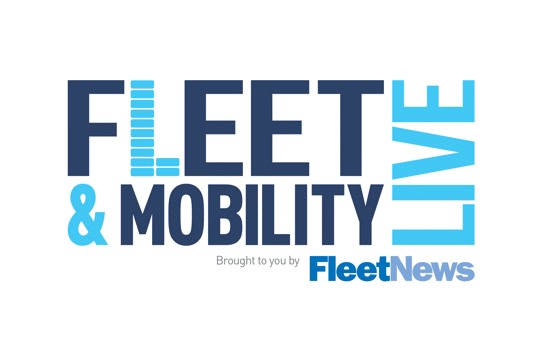Problems with the perception of Chinese cars remain a barrier to them gaining traction in the European market, new research suggests.
So far, progress varies between developed and developing markets.
According to data from Jato Dynamics, the market share of Chinese brands grew in developing economies from 4.79% in 2021, to 6.46% in 2022.
While this expansion is also occurring across developed economies, it is currently on a much smaller scale.
Across 42 European countries, these OEMs increased their market share to 1.57% in 2022, from 0.67% the year before.
To date, it has been easier for China’s OEMs to grow their presence in developing economies – recording double-digit market shares in the Middle East, Eurasia, and Africa in 2022.
The widespread success across these markets can be attributed to competitive pricing. For instance, a car manufactured by Chery is on average 36% cheaper than a Toyota in South Africa; while in Chile, an MG is on average 41% less expensive than the average price of all other new passenger cars.
In contrast, across the European car market, 15 new Chinese car brands were welcomed between 2020 and 2023, with perception issues a remaining barrier.
According to a recent sentiment survey conducted by Jato Dynamics of 221 new vehicles launched between January 2022 and July 2022, negative views of Chinese cars averaged 62% compared to just 45% for Western cars.
Ongoing negative sentiment in other parts of the world could be linked to the counties’ desires to support domestic industries and jobs.
For instance, European Commission president Ursula von der Leyen launched an anti-subsidy investigation against Chinese imports of electric vehicles this month (September, 2023)
Bo Yu, country manager of Jato China, said: “Regulation will impact the commercial performance of Chinese manufacturers, particularly those whose volumes are too small to justify large scale investment.
“This is one of the many hurdles that car makers need to negotiate and while it may delay them, it is unlikely to stop them in the long run.”
Being previously hamstrung by persistent perceptions of lower quality, and outdated technology, China’s automotive industry is working hard to tackle these barriers through continued investment and joint ventures with Western brands.
Accounting for 1.57% of the European market in 2022 – with that percentage growing to 2.24% of all passenger car sales in Europe-29 during the first half of this year – China’s carmakers have proven their ability to develop and produce an offering that can compete with established legacy brands that have dominated the global automotive market.
However, Jato says in its latest report, ‘Perception: the last barrier for Chinese cars’, that establishing and sustaining a foothold in these territories, requires patience, investment, and consistency.
Beyond this, geopolitical issues and ongoing challenges associated with the Covid-19 pandemic could hamper their international ambitions, it says, but it remains to be seen what will develop on the wider stage.
Fleet News recently spoke to Chinese carmaker BYD, which revealed an aspiration to capture 6% of the UK electric vehicle market over the next few years.
Simon Bisp, BYD UK head of sales, said: “Our growth will be built on customer demand, and we are confident we have the support to get the volumes we need to meet that demand.”




















Login to comment
Comments
No comments have been made yet.